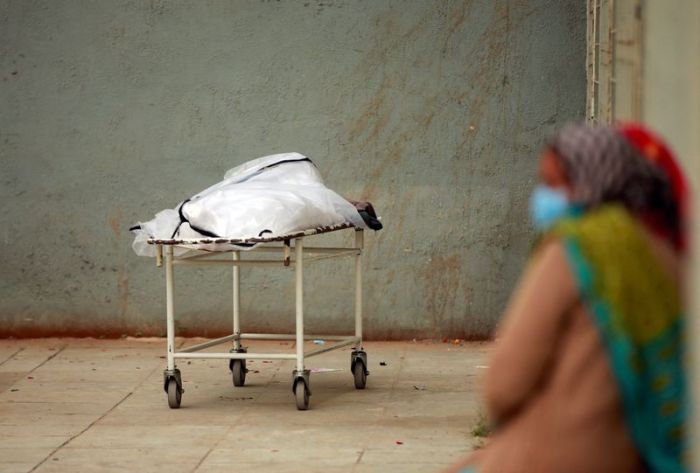CHICAGO (Reuters) -Hundreds of thousands of homes and businesses were without power on Friday after a winter storm dumped sleet and heavy snow on a wide swath of the central United States this week, and more treacherous weather threatened parts of the Plains and New England.
More than 370,000 customers were without power from Texas, Arkansas, Tennessee up through Ohio and into New York, Poweroutage.us reported on Friday, after an ice storm downed power lines and trees across the area on Thursday.
Memphis Light, Gas and Water said more than 130,000 customers were without power and it could take days to restore electricity.
“We know you are anxious and want to know when your power will be restored,” the utility company said on Twitter. “Debris must be cleared before crews can restore power.”
Airlines canceled nearly 3,000 flights on Friday, according to flight-tracking service FlightAware, after scrapping more than 5,000 flights on Thursday.
U.S. carriers have faced disruptions to their operations since before Christmas because of bad weather and a staffing crunch due to the Omicron coronavirus variant.
Wind chill warnings remained in effect for Texas and the Great Plains, where morning lows ranging between the single digits and below zero Fahrenheit were in the forecast, the National Weather Service (NWS) said.
“Cold wind chills could result in hypothermia in a short amount of time if precautions are not taken,” the NWS warned.
Winter storm warnings and advisories also remained in effect for Tennessee and Kentucky up through New York and Pennsylvania and into New England where a mix of sleet and snow was expected to make travel difficult, the service said.
In the Boston area, home to 4.8 million people, forecasters predicted 1 to 2 inches (3-5 cm) of snow and ice accumulations of one tenth to one quarter of an inch, making road conditions hazardous.
By Saturday morning, the winter storm finally leaves off the East Coast, but bitterly cold temperatures will stick around with some temperatures challenging record lows in the South Central United States, NWS forecasters said.
(Reporting by Brendan O’Brien in ChicagoEditing by Raissa Kasolowsky and Frances Kerry)
























